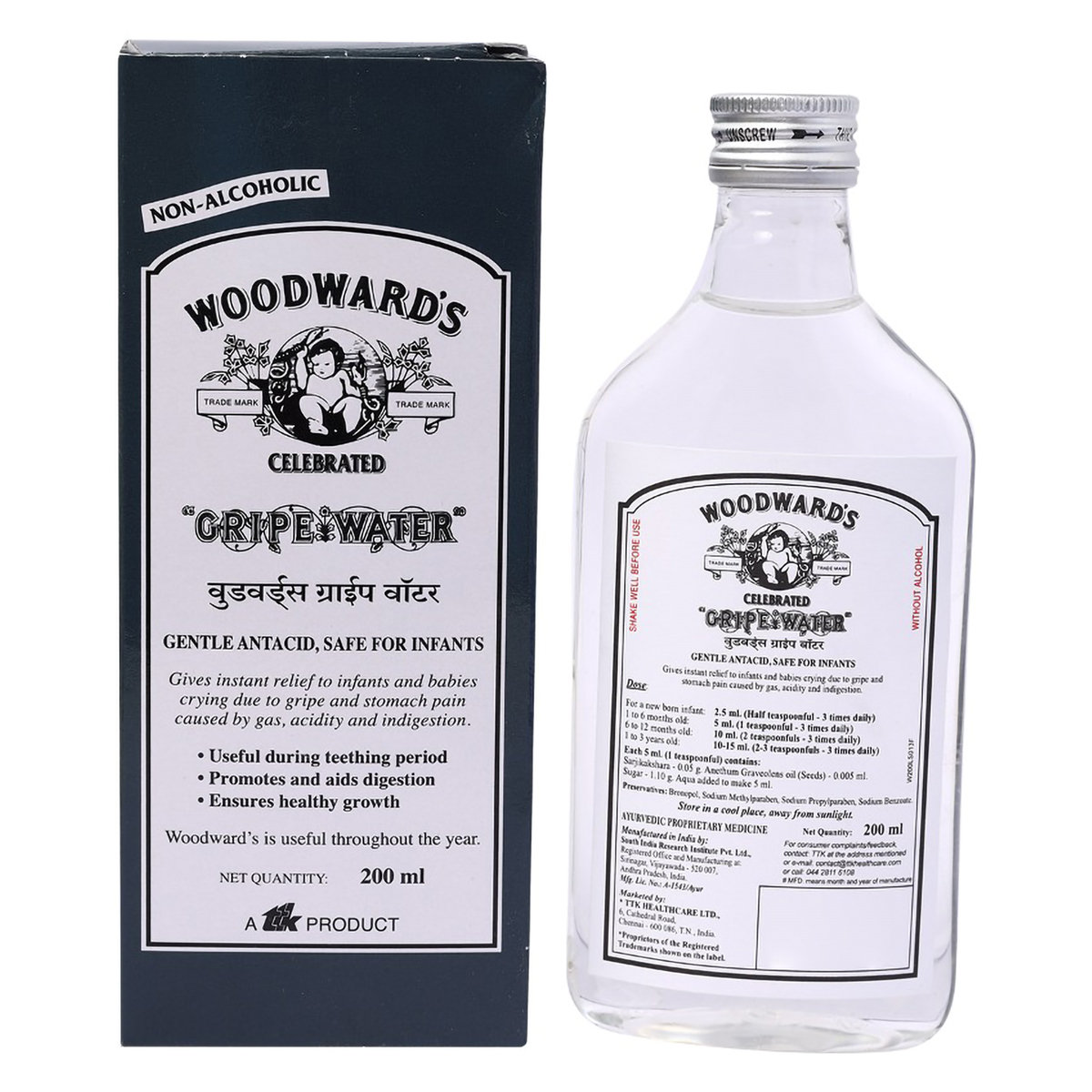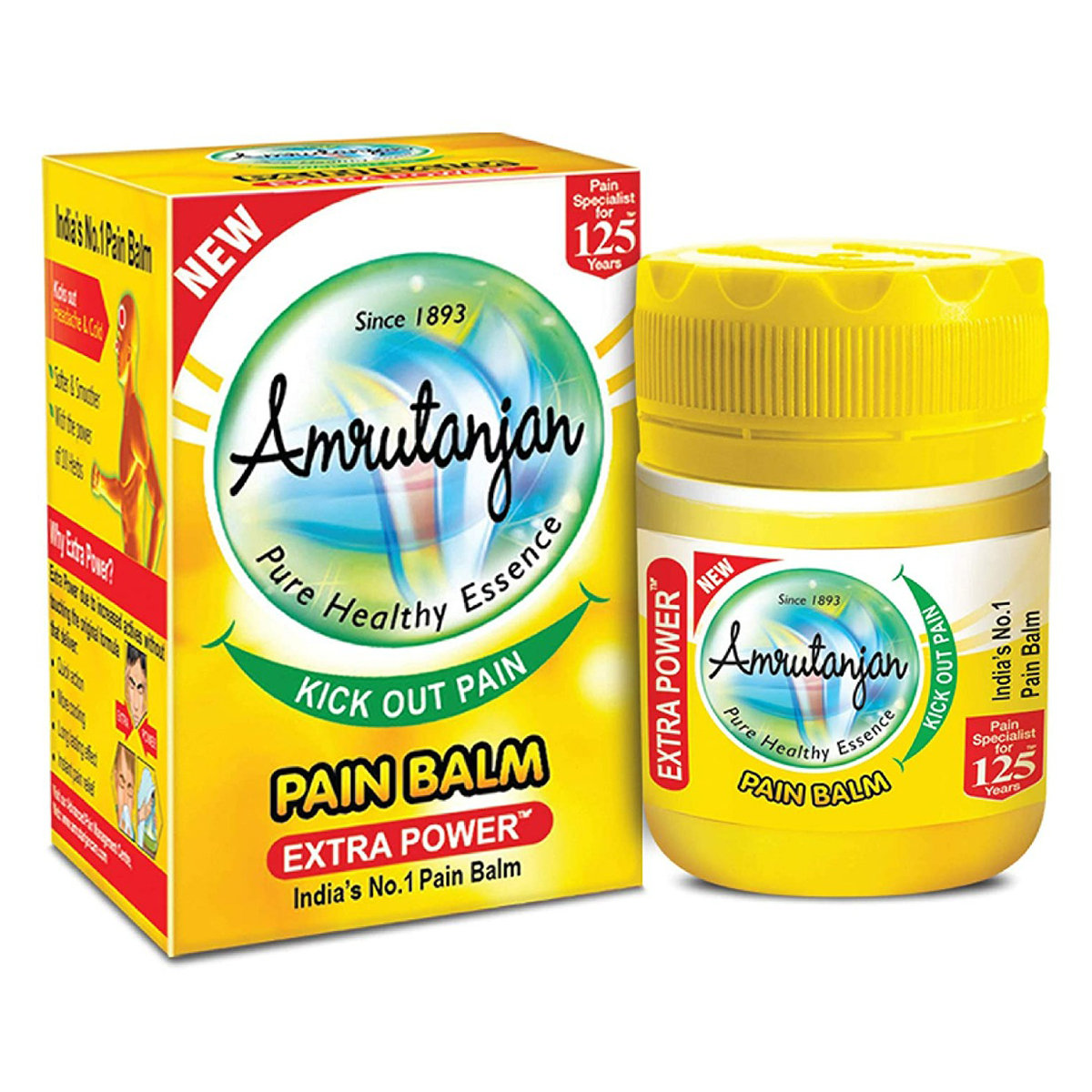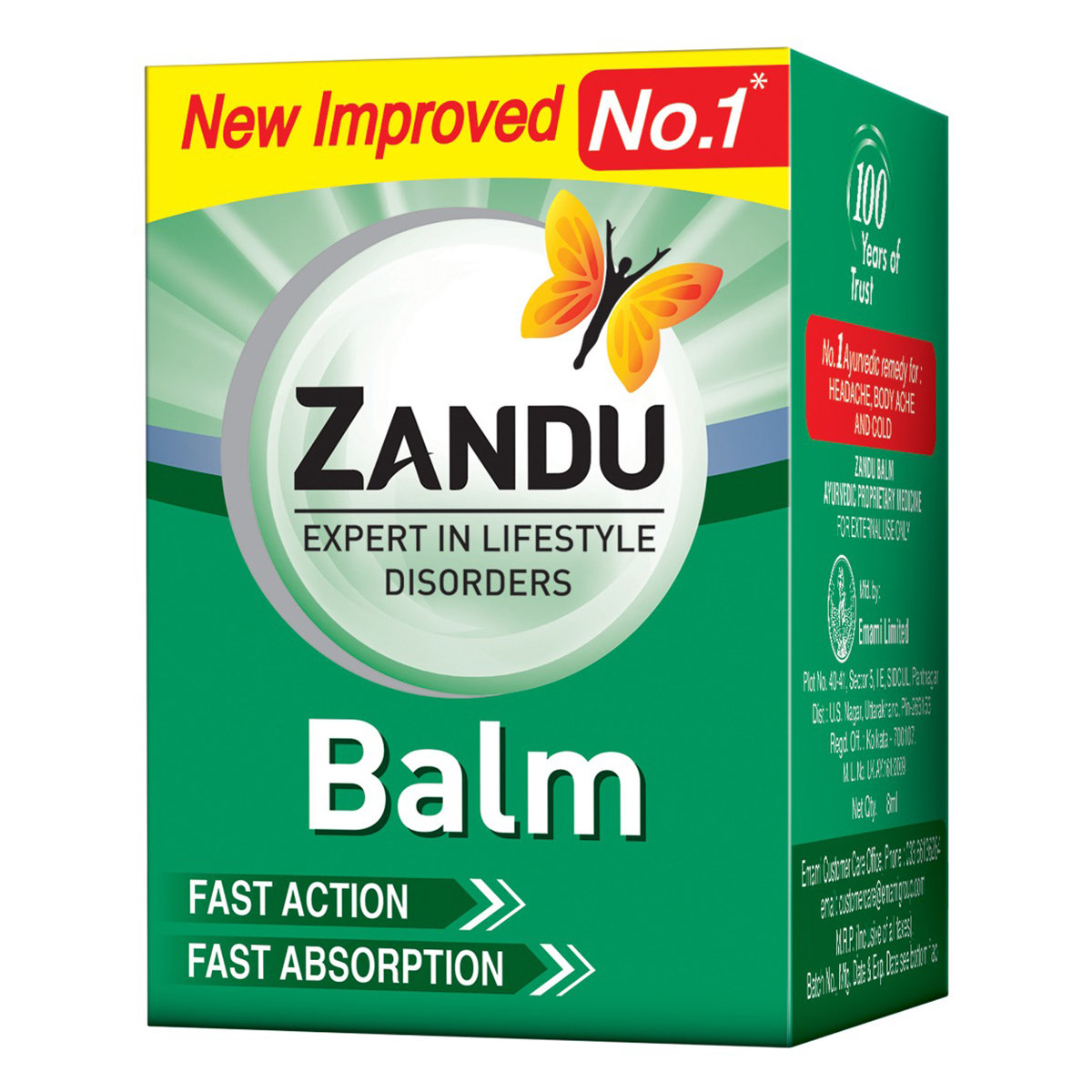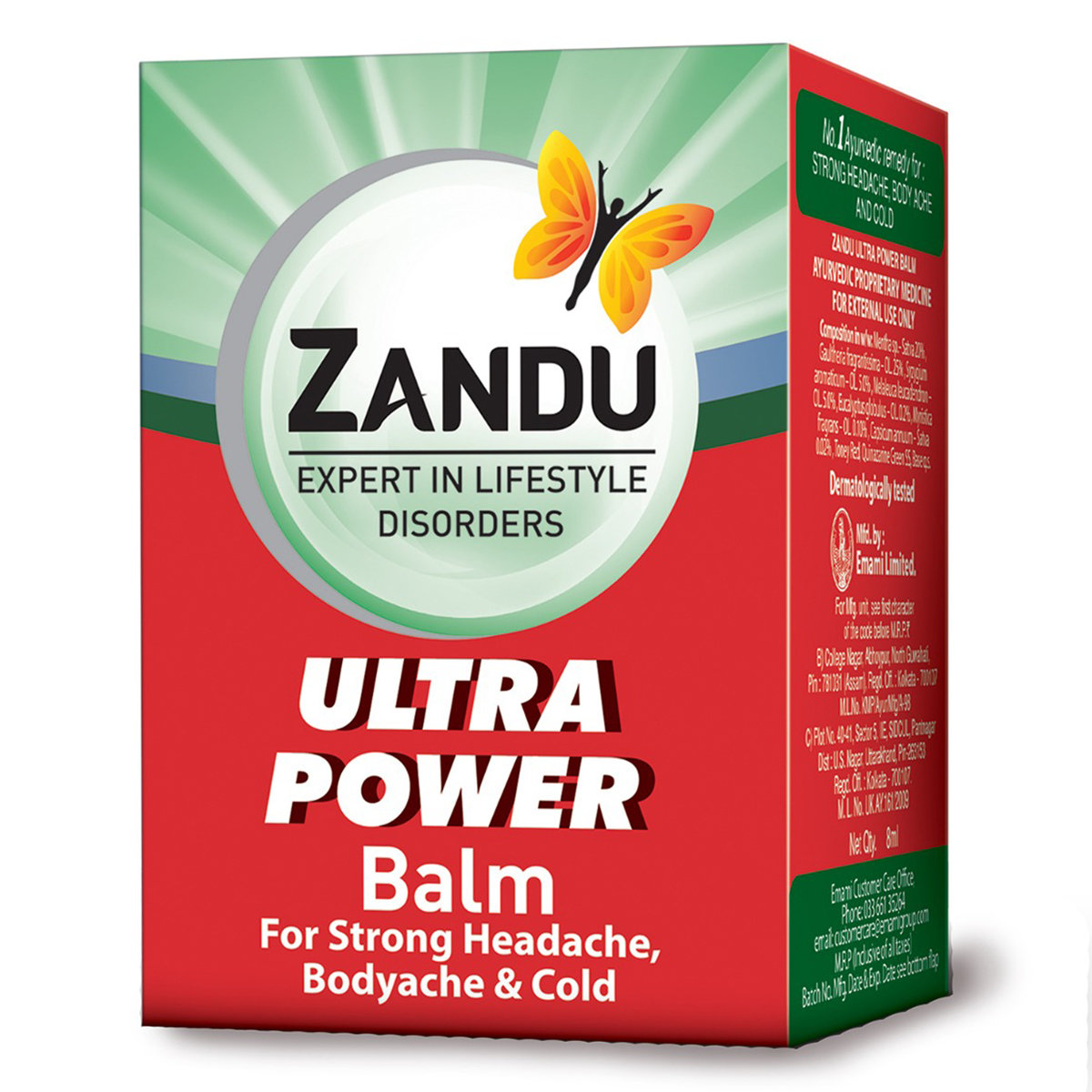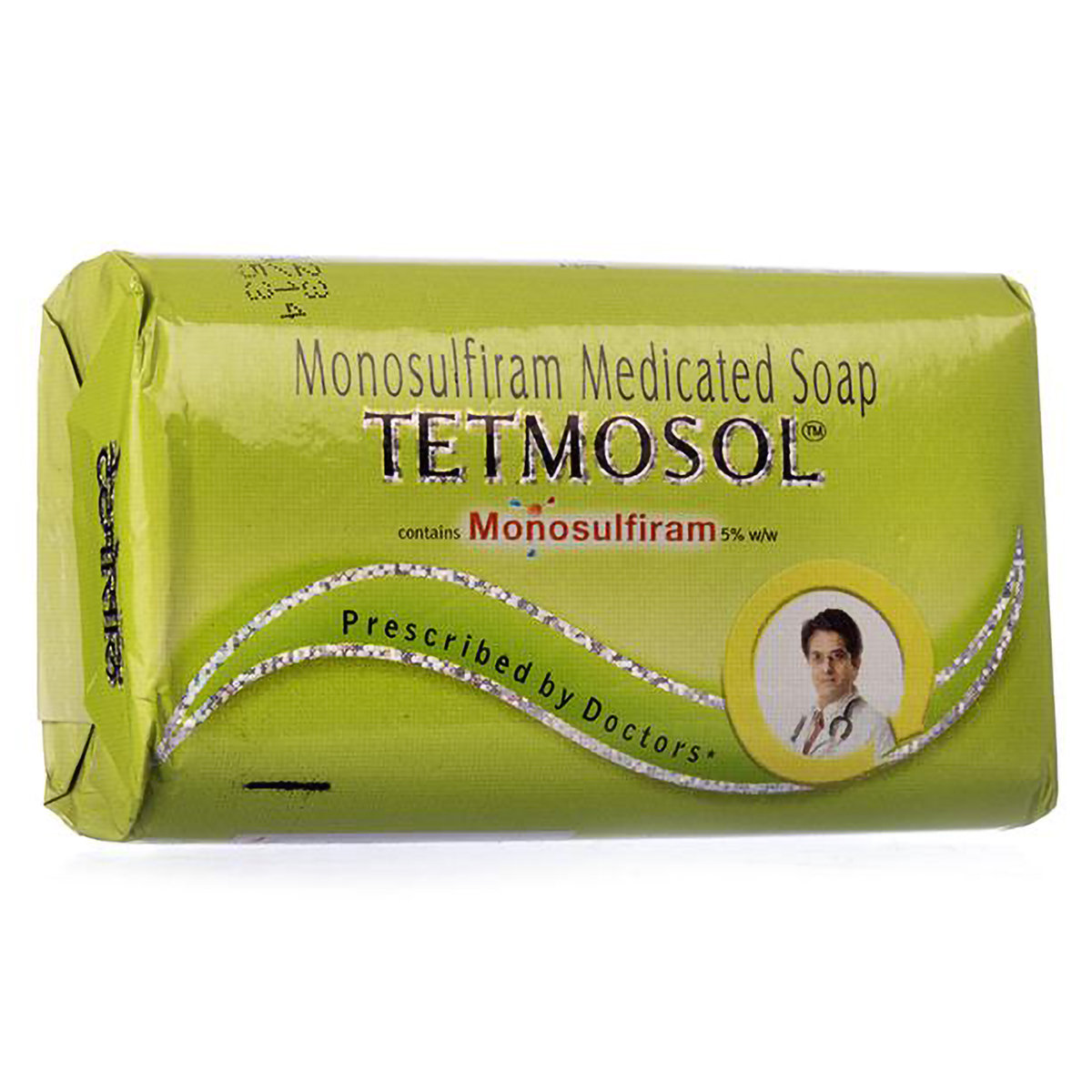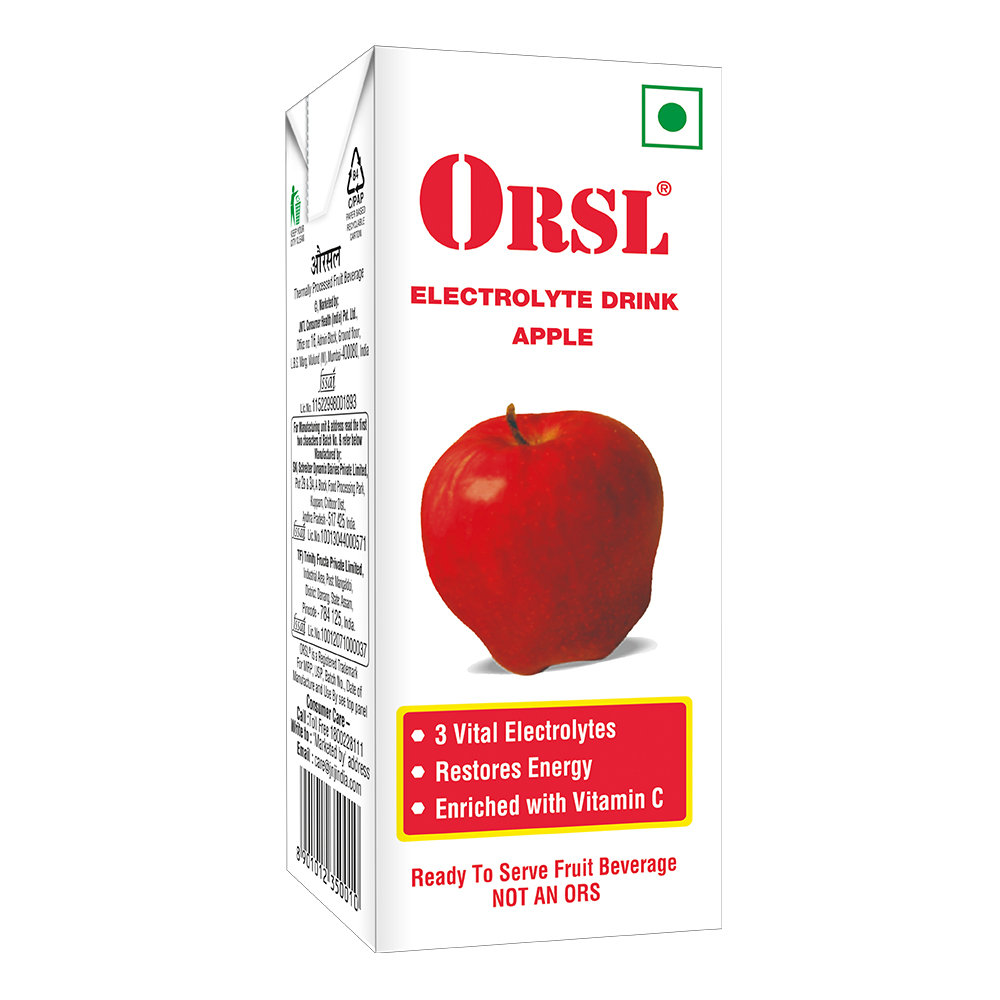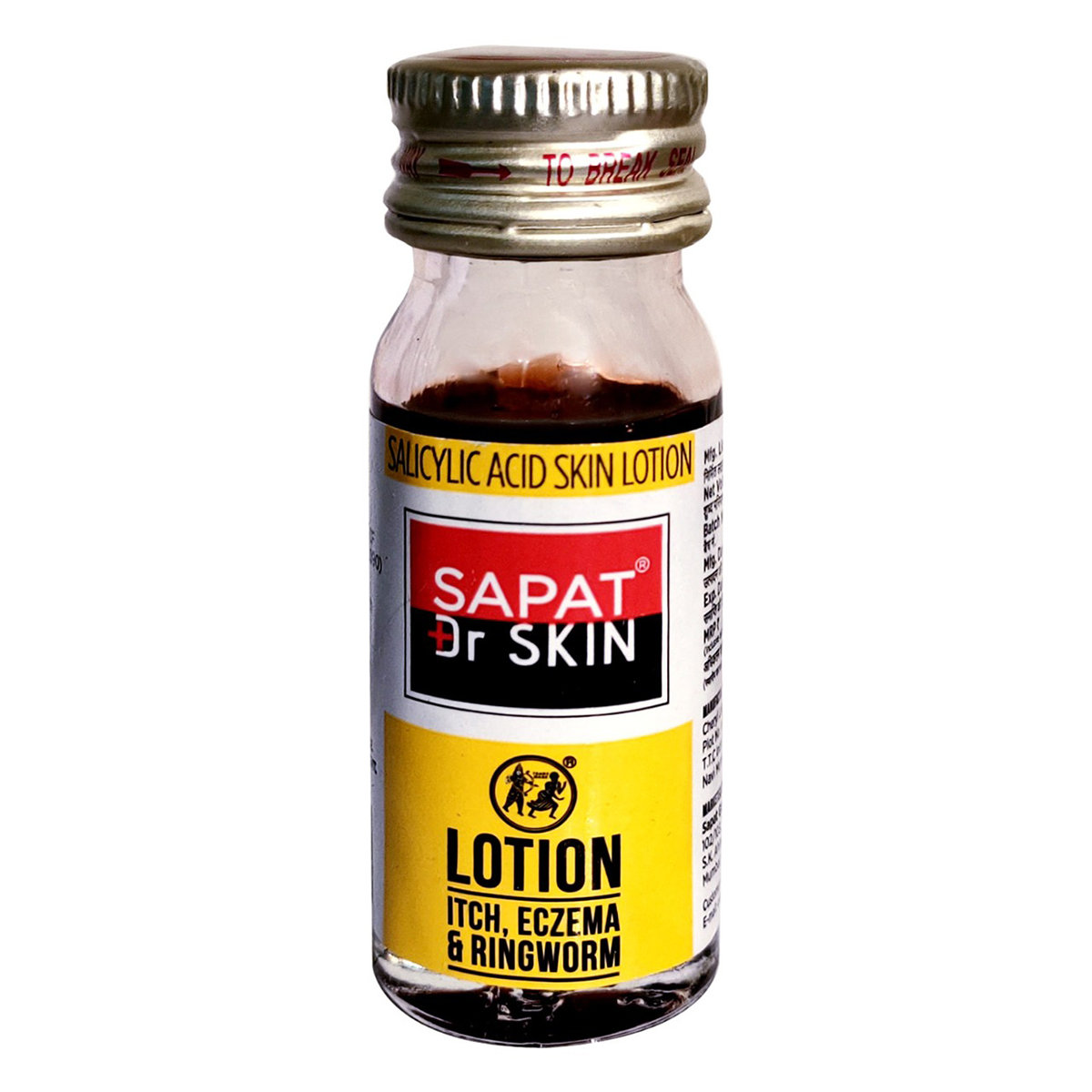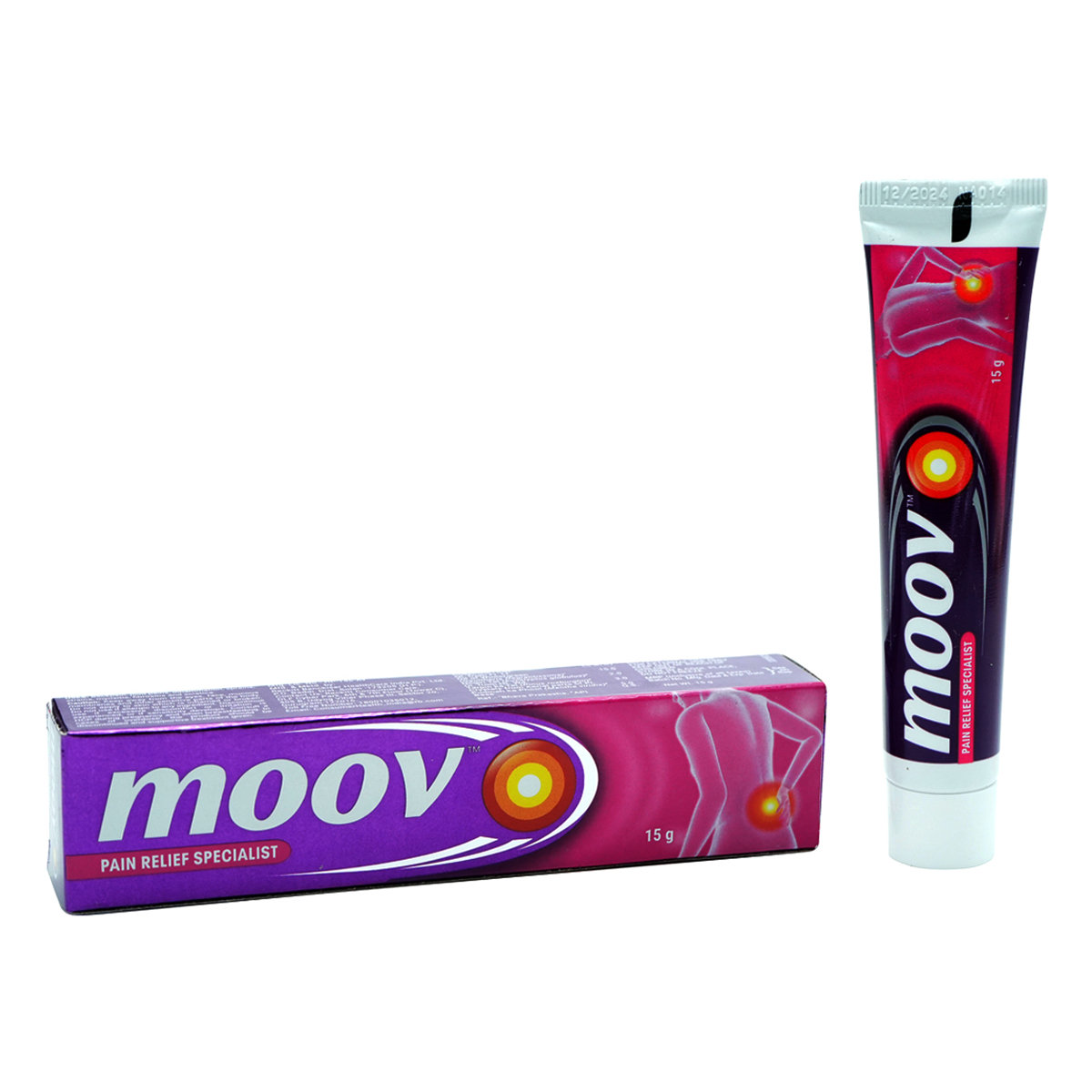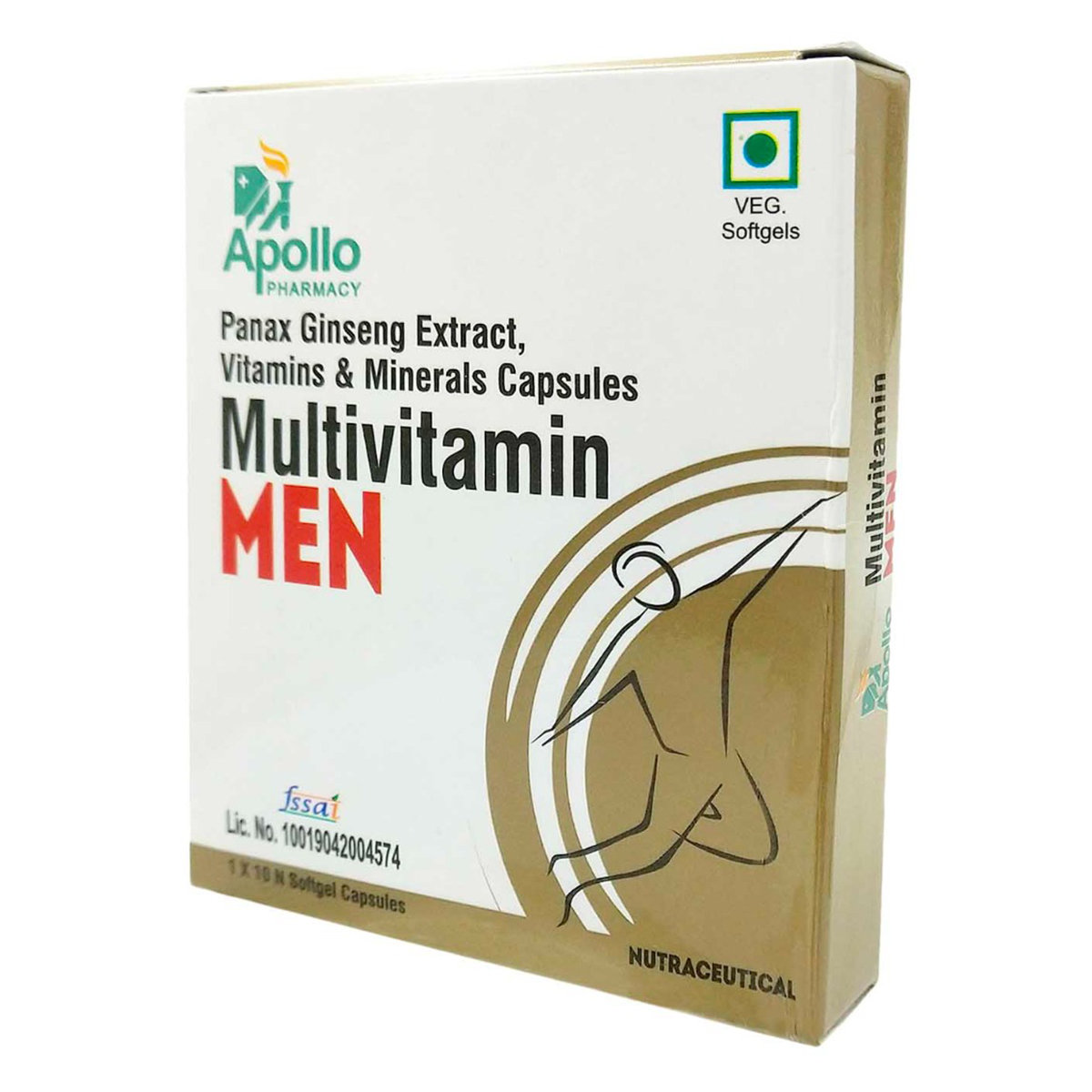Antiderm Xl Ointment

MRP ₹36.5
(Inclusive of all Taxes)
₹5.5 Cashback (15%)
know your delivery time
Provide Delivery Location
Manufacturer/Marketer :
Consume Type :
Expires on or after :
Return Policy :

Secure Payment

Trusted by 8 Crore Indians

Genuine Products
Therapeutic Class
Country of origin
Manufacturer/Marketer address
Disclaimer
Alcohol
Safe if prescribed
Alcohol may interfere with your ability to fight infections. So, it is advised to limit or avoid consumption of alcohol.
Pregnancy
Consult your doctor
Antiderm Xl Ointment is generally not recommended for use in pregnancy. If you are pregnant, consult your doctor before using this medicine. Your doctor may prescribe Antiderm Xl Ointment if the benefits outweigh the risks.
Breast Feeding
Consult your doctor
Antiderm Xl Ointment may pass into breast milk. If you are breastfeeding, consult your doctor before using this medicine. Your doctor may prescribe Antiderm Xl Ointment if the benefits outweigh the risks.
Driving
Safe if prescribed
Antiderm Xl Ointment may not affect your ability to drive.
Liver
Consult your doctor
Antiderm Xl Ointment should be used with caution in patients with liver diseases. Please consult your doctor if you have liver problems. Your doctor may adjust the dose of this medicine if required based on your condition.
Kidney
Consult your doctor
Antiderm Xl Ointment should be used with caution in patients with kidney diseases. Please consult your doctor if you have kidney problems. Your doctor may adjust the dose of this medicine if required based on your condition.
Children
Safe if prescribed
Antiderm Xl Ointment is not recommended for children below 1 year. However, Antiderm Xl Ointment should be used with caution in children above 1 year if prescribed by a doctor as it may affect growth in children and teenagers.
About Antiderm Xl Ointment
Antiderm Xl Ointment belongs to a group of medications called ‘anti-infectives’ used to treat and control bacterial and fungal skin infections. Antiderm Xl Ointment can effectively reduce symptoms associated with skin infections, such as swelling, itching and redness. Bacterial skin infection is a condition in which harmful bacteria grow on the skin and cause infection. They often appear as small, red bumps on the skin, gradually increasing in size. Fungal skin infection is a disease in which a fungus attacks the tissue (mostly sweaty areas that don't get enough airflow) and causes an infection.
Antiderm Xl Ointment contains Fluocinolone acetonide, Miconazole and Neomycin. Fluocinolone acetonide is a steroid medicine. It blocks prostaglandin's production (chemical messengers) that causes symptoms of skin infections such as redness, swelling and itching. Miconazole is an antifungal agent that works by causing holes in the fungal cell membranes and kills fungi. Neomycin is an antibiotic. It prevents the synthesis of essential proteins required by bacteria to carry out vital functions.
Antiderm Xl Ointment is available for topical use (for skin) in the form of cream and ointment. You should take this medicine as prescribed by your doctor. A Antiderm Xl Ointment may cause side effects such as dry skin, burning sensation, irritation, itching, redness, increased hair growth and skin colour change in the treated area. These side effects are mild and temporary. They do not require medical attention and gradually resolve over time. However, if these side effects persist longer, please consult your doctor.
Do not take Antiderm Xl Ointment if you are allergic to any of its components. You should not use Antiderm Xl Ointment cream on broken skin, open wounds or cuts. Before taking Antiderm Xl Ointment , inform your doctor if have any viral infections, a skin reaction to a steroid medicine, adrenal gland problems, skin atrophy (thinning of the skin) or liver diseases. Inform your doctor if you are scheduled for any surgery. Also, inform your doctor if you are pregnant or breastfeeding. Antiderm Xl Ointment should be used with caution in children and the elderly as they are more prone to side effects.
Uses of Antiderm Xl Ointment
Medicinal Benefits Mweb
Key Benefits
Antiderm Xl Ointment contains Fluocinolone acetonide, Miconazole and Neomycin. Fluocinolone acetonide is a steroid medicine that inhibits the release of certain chemical messengers in the body that cause redness, itching and swelling. Miconazole is an antifungal that works by causing holes in the fungal cell membranes and kills fungi. Neomycin is an antibiotic that inhibits the production of essential proteins necessary for bacteria to grow, multiply and increase in numbers. Together, Antiderm Xl Ointment can effectively treat bacterial and fungal skin infections.
Directions for Use
Side Effects of Antiderm Xl Ointment
- Dry skin
- Burning sensation on the skin
- Skin irritation
- Itching
- Skin redness
- Increase in hair growth
- Change in skin color in the treated area
Drug Warnings
Do not use Antiderm Xl Ointment on cuts, scrapes, broken skin, open wounds, or face or mucous membranes (nose, mouth, and genitals). It would be best if you did not cover the treated area with a bandage or plaster, especially the face, without checking with your doctor. Do not use the medicine in and around your eyes. If the medicine accidentally gets into your eyes, nose, mouth or genitals, rinse it with water thoroughly. Antiderm Xl Ointment is not recommended to treat diaper rash. Antiderm Xl Ointment may affect growth in children, so monitor carefully when given to children. Antiderm Xl Ointment may increase blood sugar levels, so inform your doctor if you have diabetes. Do not use Antiderm Xl Ointment for a longer duration than recommended. If you notice any persistent skin irritation or worsening of the skin disease, stop using Antiderm Xl Ointment and inform your doctor immediately.
Drug-Drug Interactions
Drug-Drug Interactions
Login/Sign Up
Drug-Food Interactions
Drug-Food Interactions
Login/Sign Up
Drug-Diseases Interactions
Drug-Diseases Interactions
Login/Sign Up
Drug-Drug Interactions Checker List
- WARFARIN
- DICOUMAROL
- ANISINDIONE
- BACITRACIN
- POLYMYXIN B
Habit Forming
Special Advise
- Consult your dermatologist if you do not notice any improvement in your skin condition after using Antiderm Xl Ointment for 3 to 4 weeks.
- Do not use Antiderm Xl Ointment on large quantities or large areas for prolonged periods is not recommended.
- Do not use Antiderm Xl Ointment for any viral infections.
Diet & Lifestyle Advise
- Use mild soap while taking baths and prefer warm baths.
- Avoid harsh products on your skin.
- Do not scratch or pick your skin to avoid infecting the affected area.
- Manage stress, eat healthily, drink plenty of water, exercise regularly and get plenty of sleep.
- Limit food intake that might trigger allergies, such as dairy products, soy, eggs and nuts.
- Avoid consumption of foods with excess sugar, as it may flare up inflammation.
- Include fruits, vegetables, whole grains, healthy fats and fish in your diet.
- Avoid getting in contact with harsh soaps, detergents and rough fabrics.
- Avoid wearing tight-fitting and synthetic clothes, as these clothes may not allow proper air circulation. Wear loose-fitting clothing made of cotton and other natural fibres until your skin condition improve.

Have a query?
Buy best Skin Disorders products by
Sun Pharmaceutical Industries Ltd
Glenmark Pharmaceuticals Ltd
Cipla Ltd
Oaknet Healthcare Pvt Ltd
Ranbaxy Laboratories Ltd
Salve Pharmaceuticals Pvt Ltd
Torrent Pharmaceuticals Ltd
Dr Reddy's Laboratories Ltd
Karlin Pharmaceuticals & Exports Pvt Ltd
Merck Ltd
Micro Labs Ltd
Abbott India Ltd
Alkem Laboratories Ltd
East West Pharma India Pvt Ltd
Intas Pharmaceuticals Ltd
Leeford Healthcare Ltd
Mohrish Pharmaceuticals Pvt Ltd
P and P Dermaceuticals Pvt Ltd
Surecare Pharma Pvt Ltd
Wockhardt Ltd
Canixa Life Sciences Pvt Ltd
Geno Pharmaceuticals Pvt Ltd
GlaxoSmithKline Pharmaceuticals Ltd
Apex Laboratories Pvt Ltd
Dabur India Ltd
Fourrts India Laboratories Pvt Ltd
Fulford India Ltd
Indi Pharma Pvt Ltd
Lupin Ltd
Mankind Pharma Pvt Ltd
Monichem Healthcare Pvt Ltd
Novartis India Ltd
NuLife Pharmaceuticals
Saf Fermion Ltd
Wallace Pharmaceuticals Pvt Ltd
A. Menarini India Pvt Ltd
Acme Corporation
Ajanta Pharma Ltd
Alembic Pharmaceuticals Ltd
An Pharmaceuticals Pvt Ltd
Apple Therapeutics Pvt Ltd
Biocon Ltd
Comed Chemicals Ltd
Dwd Pharmaceuticals Ltd
Dynamic Techno Medicals
E Merck India Ltd
H&H Pharmaceuticals Ltd
Hegde & Hegde Pharmaceutica Llp
Kaizen Pharmaceuticals Pvt Ltd
Klm Laboratories Pvt Ltd
Kremoint Pharma Pvt Ltd
Liva Health Care Ltd
Macleods Pharmaceuticals Ltd
Menarini India Pvt Ltd
Shalaks Pharmaceuticals Pvt Ltd
Stedman Pharmaceuticals Pvt Ltd
Unichem International
Yash Pharma Laboratories Pvt Ltd
Zee Laboratories Ltd
Adonis Laboratories Pvt Ltd
Alive Pharmaceutical Pvt Ltd
Amwill Healthcare Pvt Ltd
Apple Pharmaceuticals
Athens Labs Ltd
Aventis Pharma
Bayer Corporation
Bayer Pharmaceuticals Pvt Ltd
Bellissa Pharmaceuticals Pvt Ltd
Biochem Pharmaceutical Industries Ltd
Bion Therapeutics (I) Pvt Ltd
Blue Cross Laboratories Pvt Ltd
Cadila Healthcare Ltd
Cadila Pharmaceuticals Ltd
Centaur Pharmaceuticals Pvt Ltd
Concept Pharmaceuticals Ltd
Corona Remedies Pvt Ltd
Cosme Healthcare
DR Johns Lab Pharma Pvt Ltd
Dan Laboratories
Dermocare Laboratories Gujarat Llp
Dollar Company Pvt Ltd
Elder Pharmaceuticals Ltd
Emcee Pharmaceuticals (P) Ltd
Eskon Pharma
FDC Ltd
Fem Care Pharma Ltd
Finn Cosmeceutical Pvt Ltd
Galaxus Pharmaceuticals
Galaxy Biotech
Galderma India Pvt Ltd
Gary Pharmaceuticals Pvt Ltd
Gland Pharma Ltd
Gopish Pharma Ltd
Grefith Life Sciences Pvt Ltd
Ind Swift Laboratories Ltd
Indus Life Sciences Pvt Ltd
Insula Pharmaceuticals Pvt Ltd
Intermed Pharma Pvt Ltd
Intra Labs India Pvt Ltd
Janssen Pharmaceuticals Pvt Ltd
Customers Also Bought


